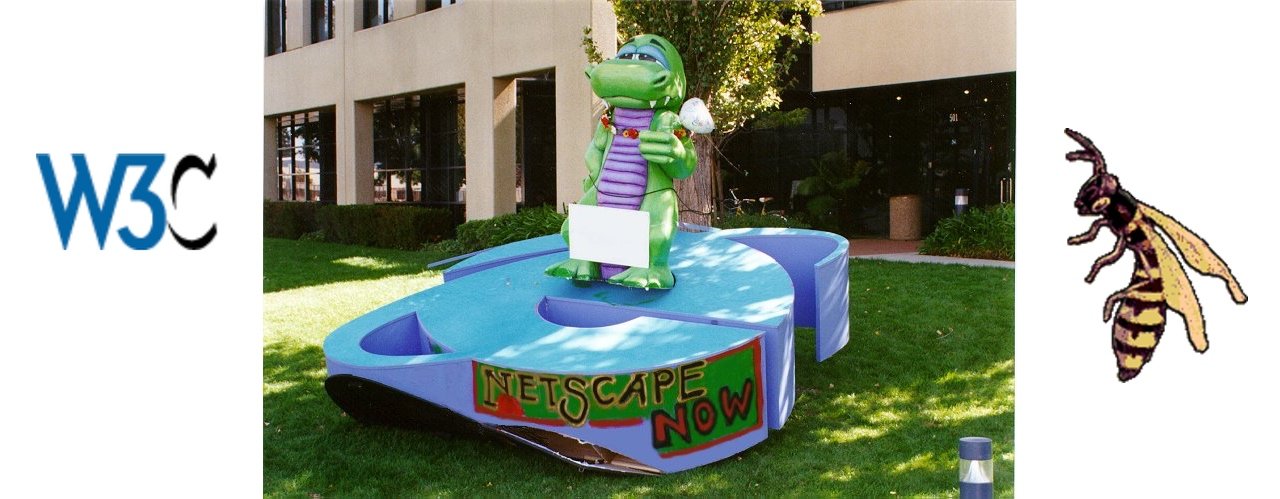1993: Mosaic Launches and the Web is Set Free
 Post thumbnail
Post thumbnail
1993 was the year of Mosaic, the first truly multimedia web browser. The Web was still very niche by the end of 1993, but it was pushing on the door of the mainstream. Early adopters in companies like MTV were experimenting with it, while curious reporters were beginning to publicize it. CERN had done its part too, by gifting the World Wide Web to the world so that anyone was free to build on top of it.
Read More 1993: Mosaic Launches and the Web is Set Free





